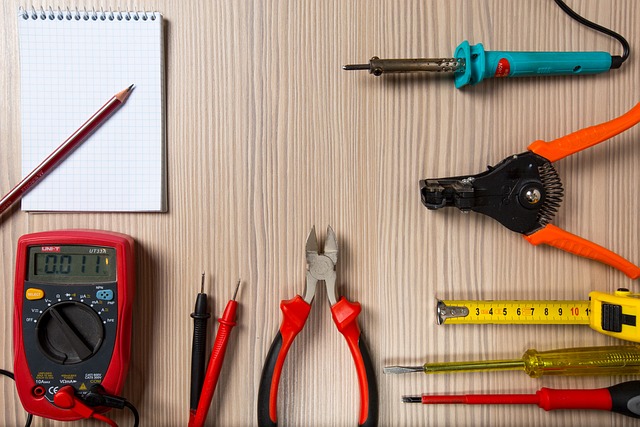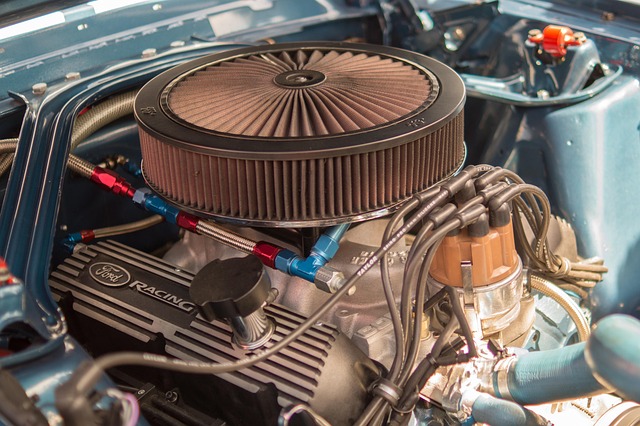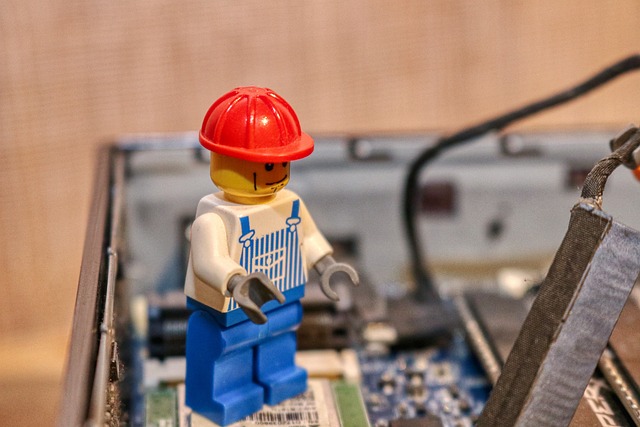DIY enthusiasts often face challenges in home repair and maintenance due to underestimating complexity, lack of skills, inadequate planning, or assuming prior experience. To avoid failures, they should gather essential tools (e.g., screwdrivers, hammers, measuring tape) and materials, understand step-by-step processes, and set realistic expectations. Regular scheduling, prioritizing safety through proper tool use and professional help when needed, and learning from tutorials or workshops can prevent future disasters and enhance DIY capabilities for effective home repair and maintenance.
Struggling with unfinished DIY projects? Don’t worry, you’re not alone. Even seasoned homeowners encounter failures along the way. This guide offers handyman solutions for common DIY disasters, empowering you to tackle repairs with confidence. We’ll delve into the root causes of frequent home repair mistakes and equip you with essential tools for quick fixes. Additionally, learn effective strategies to prevent future maintenance mishaps and ensure your home stays in tip-top shape through proper care.
- Understanding Common DIY Failures and Their Causes
- Essential Handyman Tools and Equipment for Quick Fixes
- Effective Strategies for Preventing Future Home Repair Disasters
Understanding Common DIY Failures and Their Causes

Many DIY enthusiasts embark on home repair and maintenance projects with enthusiasm, yet they often encounter challenges that leave them feeling frustrated. Common DIY failures can stem from a variety of causes. One of the primary issues is underestimating the complexity of the project or not possessing the necessary skills for the task at hand. Simple tasks like replacing a light fixture or hanging shelves might seem straightforward but can quickly escalate into more intricate jobs than expected.
Another factor contributing to DIY failures is inadequate planning and preparation. This may include neglecting safety precautions, skimping on tools or materials, or failing to gather all necessary components. Additionally, not understanding the step-by-step processes or assuming prior experience can lead to mistakes and subpar results. Recognizing these potential pitfalls empowers DIYers to prepare better, seek guidance when needed, and approach their projects with a more realistic mindset.
Essential Handyman Tools and Equipment for Quick Fixes

When it comes to DIY projects, having the right tools is half the battle won. For quick home repair and maintenance tasks, a well-equipped handyman toolbox can transform even the most daunting problems into manageable fixes. Essential tools include a sturdy set of screwdrivers (both flathead and Phillips), a versatile hammer, pliers for gripping and twisting, a measuring tape for accurate cuts, and a level to ensure straight lines and even surfaces.
Additionally, a utility knife for cutting various materials, wire strippers for electrical repairs, and a multi-tool with multiple functions can be invaluable assets. Don’t overlook safety gear such as gloves, safety glasses, and ear protection, especially when dealing with power tools. With these fundamental handyman tools at your disposal, you’ll be better equipped to handle a wide range of home repair and maintenance tasks efficiently.
Effective Strategies for Preventing Future Home Repair Disasters

Preventing future home repair disasters is a crucial aspect of DIY success. First, establish a routine home repair and maintenance schedule to address issues promptly before they escalate. Regular checks for common problems like leaky faucets, loose hinges, or electrical malfunctions can save you from major headaches down the line. Second, always prioritize safety. Use proper tools and equipment, follow manufacturer instructions, and if a task seems beyond your skill level, don’t hesitate to seek professional help. Remember, DIY is about doing what you can, but knowing when to call in an expert is key to preventing future failures.
Additionally, keep detailed records of completed projects, including the methods used and materials purchased. These notes can serve as a valuable reference for future repairs and ensure consistency in your approach. Investing time in learning proper techniques through online tutorials or workshops can also reduce the risk of mistakes. By adopting these effective strategies, you’ll enhance your DIY capabilities and minimize the chances of home repair disasters.
DIY projects can be rewarding, but failures happen. Understanding common mistakes and arming yourself with the right tools are key to successful home repair and maintenance. By implementing preventive strategies, you can reduce future disasters and ensure your do-it-yourself endeavors go smoothly. With a bit of knowledge and the right handyman kit, tackling minor issues becomes manageable, leaving you in control of your home’s upkeep.














